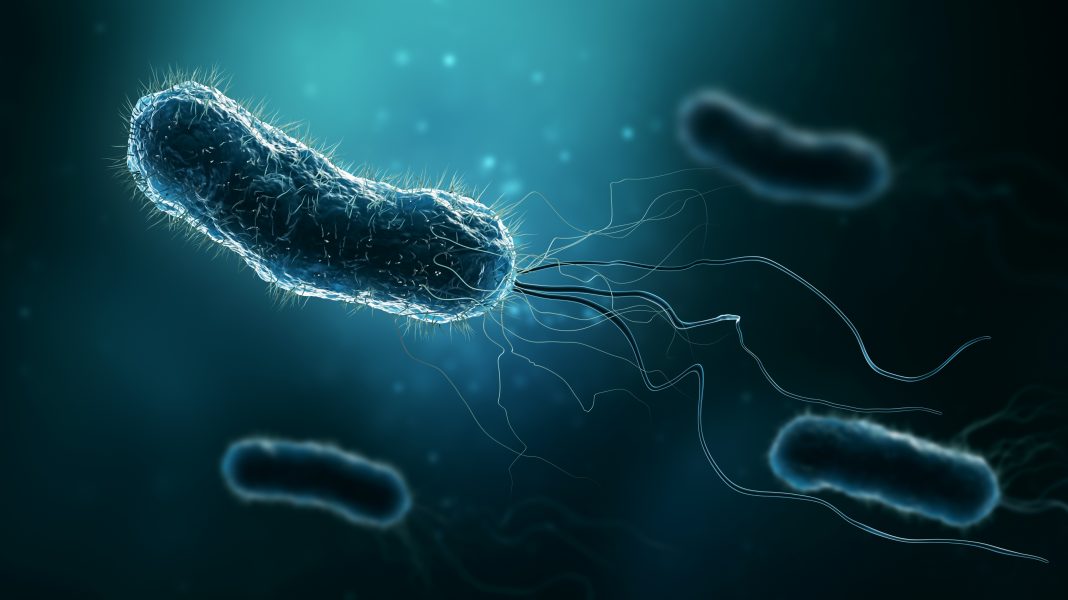Joe Price, Dr Kang Lan Tee & Prof Tuck Seng Wong, explore adopting a holistic approach to microbe development for the age of biomanufacturing
Since the late 2000s, scientists worldwide have proposed that humans have done something that no biological entity has ever done before: directly shifted our planet into a new geological epoch. This epoch – The “Anthropocene” – is the result of the largely negative impact that we’ve had on the earth, and it brings a dire need to transition our industries and ways of life towards new systems that are sustainable and circular, living in harmony with the planet instead of in discord.
Biomanufacturing across all sectors
To achieve these utopian goals, we must adopt biomanufacturing across all sectors of the global economy.
With biomanufacturing, we can leverage microbes as natural factories to sustainably generate a wide range of products stretching from bioplastics to food ingredients to aviation fuel to vaccines. If a product is organic in its chemical structure, it can likely be produced using a microbial factory.
However, most current biomanufacturing processes focus on using single microbial strains as biological factories. These strains are cultivated inside huge steel fermentation tanks alone and in highly defined conditions that hardly represent their natural states of existence. This makes biomanufacturing processes inefficient and ventures costly and high-risk.
Fundamentally, suppose the end bioproduct is too expensive to compete with existing incumbents like petrochemical-derived plastics or intensive agriculture-derived milk proteins. In that case, biomanufacturing will never succeed at the scale we need.
We must harness biology in ways we’ve never done before to change this. But biology is wild and messy and obstructively abstruse. To utilise it fully for biomanufacturing, we need to encapsulate this convolution into our engineering philosophies by moving beyond solely deterministic design and embracing the heuristic process and stochastic optimisation.
Luckily for us, biology’s most ancient principle has already done this.
Evolution: the ultimate designer
Leverage evolution successfully
But to apply the full power of evolution into synthetic biology and biomanufacturing, we need to shift our mindset on what it means “to design”.
In geneticist Prof Steve Jones’ book Almost Like a Whale, he notes a powerful example of where evolution was leveraged successfully in the unlikeliest of places: designing pump-heads for a soap manufacturing production line. In this entirely non-biological problem, a complex interaction between a pressure decrease that turned liquid into powder during pumping meant that the soap factory engineers lacked the rational understanding of their problem necessary to forward engineer a solution. So, they took an unorthodox approach: design without a conscious designer. Or, in other words, evolution.
The engineers tweaked the design of their soap nozzle at random, tested each new iteration, and then took only the improved versions forwards for another round of random changes (“mutations”). Eventually, after enough repeats of this cycle (“generations”), the soap makers had a whole family of different “species” of nozzle, each evolved to spray a specific type of powder with a new level of efficiency.
The design of these nozzles was complex, intricate and – most importantly – unexpected. By embracing a top-down design philosophy and taking the rational nozzle engineer out of the nozzle engineering, the soap makers had unlocked the ability to explore a solution space infinitely deeper than the one they began with and build a solution that would have been impossible to develop using only bottom-up deterministic design.
If evolution can be applied to solve a traditional engineering problem rooted in a rationally constructed production line, then nowhere should its application have more potential than in biomanufacturing, where bioengineering problems are rooted in systems that have been iteratively and irrationally developing themselves for billions of years. But as we move towards a sustainable revolution of biomanufacturing, we often neglect the power of stochastic design.
E. coli is the most well-studied microbes in existence. Still, we lack functional understanding of 35% of its genes. Even in a synthetic bacteria built from scratch to contain only genes that are essential for growth, the biological functionality of 30% of these vital genes remains unknown. In E. coli, these unannotated genes are known collectively as the y-ome: the liminal space of bioengineering.
Making use of the mysteries of the y-ome is a major bottleneck to microbe development when reliant on purely deterministic genetic engineering. Still, it’s a bottleneck that is readily solvable by using evolution as a tool to expand the genetic solution space far beyond what is rationally known. The secret only lies in how we guide and steer the evolutionary process to build microbial factories with the traits we desire for commercial application.
While this secret might sound simple, it’s far from it. To deploy evolution as a solution across a biomanufacturing revolution needs a concerted effort from scientists and technologists across the globe. We need to understand the principles and mechanisms of evolution more deeply, and how to precisely apply them to push selection in the directions that are useful for us.
Challenges ahead
We must design bespoke hardware systems for perpetual, tightly controllable microbe evolution at throughputs that aren’t currently possible. We must develop new ways to amplify genetic diversity, create larger mutant pools and access dormant genes. Perhaps most challenging, we must put aside our hubris and embrace the beauty, complexity and hidden potential of stochastic systems. For this, we must take a holistic view of how we industrialise microbial factories, both engineering upwards deterministically and evolving downwards stochastically.
Somewhere between the two, we will learn to speak the language of the microbiological world and build a bioeconomic future to sustain our species harmoniously for centuries and millennia to come.
Grants
- Royal Academy of Engineering Enterprise Fellowship (EF2122-13126, to JP).
- Royal Academy of Engineering Proof of Concept grant (PoC2021\24, to TSW).
- RAEng|The Leverhulme Trust Senior Research Fellowship (LTSRF1819\15\21, to TSW).
- EPSRC New Investigator Award (EP/X025853/1, to KLT).

This work is licensed under Creative Commons Attribution-NonCommercial-NoDerivatives 4.0 International.


